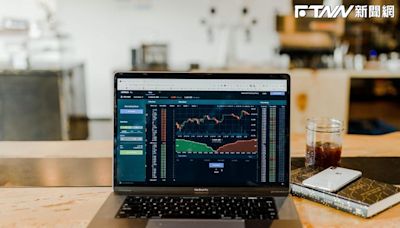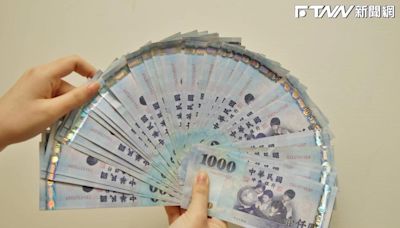搜尋結果
- 23.07-0.04 (-0.17%)2024/06/02 00:32 臺灣股市 已收盤 (報價延遲20分鐘)。
- 昨收23.11開盤23.12委買價23.06委賣價23.07
- 今日價格區間23.06 - 23.2452週價格區間18.55 - 23.66成交量47002 張平均成交量64084 張
- 市值不適用本益比 (最近12個月)不適用營運報告/法說會日期不適用除權除息日-
相關股票
swift is a multiparty transport protocol. Its mission is to disseminate content among a swarm of peers. It might be understood as BitTorrent at the transport layer. The TCP+BitTorrent stack consists of 60+90K lines of code (according to SLOCCount). With novel datastructures and refactoring we managed to implement swift in a mere 4,000 lines of ...
By Anjana Ahuja. [1] Excerpt: “From dog-walking to rubbish clearance, civic-minded Estonians can now draw on a virtual Bank of Happiness which trades in good deeds. Anjana Ahuja reports from Tallinn. On one level, it was just a haircut. Peeter, a middle-aged IT manager, entrusted his diminishing locks to Nele, a young craftswoman armed with ...
- Description
- Discussion
- Notes
"Boundary Spanning" was probably popularized by Richard L. Daft in 1989, in his book "Organizational Theory and Design". In that book, it was an concept being applied to organizational development. Daft basically was describing a person who's role was linking people in organizations, across the "boundaries" of departments, and across the boundaries...
Testing Theory Through Action
"Boundary Spanners" would help putting theory into action by helping to build "Loose coupling" between many different types of organizations, such as open networks like BarCamp, traditional organizations, government entities, companies, and people out there who have problems that need solving. The emerging way in which this is working is: 1. 1. Going to the place where the problems are, finding out what the actual problems are 1. 2. Creating a very basic model for how to solve the problem, ho...
Approaching Problems As A Unique Set Of Local Conditions
Each problem is unique, although meta-patterns do emerge in problems. Each local set of circumstances is unique, and each problem should be approached as a unique set of local conditions.
Key Conditions That Must Be Addressed
1. 1. Create the framework for shared meaning among all of these people(sometimes done by using "boundary objects", like the problem itself as a "boundary object" with many facets of factors that must be addressed by the diverse group of people involved 1. 2. Create a framework for real trust among the people involved.This is done through transparency, cooperative decision making, assurance of reciprocity, and open communications. 1. 3. Evaluate, coordinate and orchestrate the people, resourc...
1. Daft, R. L. (1989). Organization Theory and Design (3rd ed.), New York: West Publishing Co. 2. Loose coupling describes a resilient relationship between two or more systems or organizations with some kind of exchange relationship. Each end of the transaction makes its requirements explicit and makes few assumptions about the other end. source: h...
Ven. San Pisith. San Pisith is a Buddhist Monk and an Early Stage Researcher at Ragnar Nurkse Department of Innovation and Governance. He has joined the Cosmolocalism project since September 2019 to pursue a Ph.D. at TalTech, Estonia. His Ph.D. thesis focuses on Buddhist Economics, Buddhist Governance, Commons, and Happiness and Public Purpose.
Their novel initiative, called GreenXchange, aims to allow companies to share intellectual property for green product design, packaging, manufacturing, and other uses. If it succeeds, this budding coalition could accelerate innovation across companies and sectors. At minimum, it stands to rewrite the rules about how companies share.
2009年10月11日 · Technical Description. "DHTs obviated the server from P2P networks. A DHT is a hash table that partitions the keyspace and distributes the parts across a set of nodes. For any new content added to the network, a hash (k) is calculated and a message is sent to any node participating in the DHT. This message is forwarded from node to node until ...
2017年12月16日 · ATU develops 130 gongbans annually in areas ranging from smart phones, tablets, smart watches, smart homes, and industrial controls—and distributes the designs for free. WPI then makes money by trading in the boards’ components. "We call this shanzhai in Shenzhen. It’s a mass production artwork,” explains Lawrence Lin head of the ...




